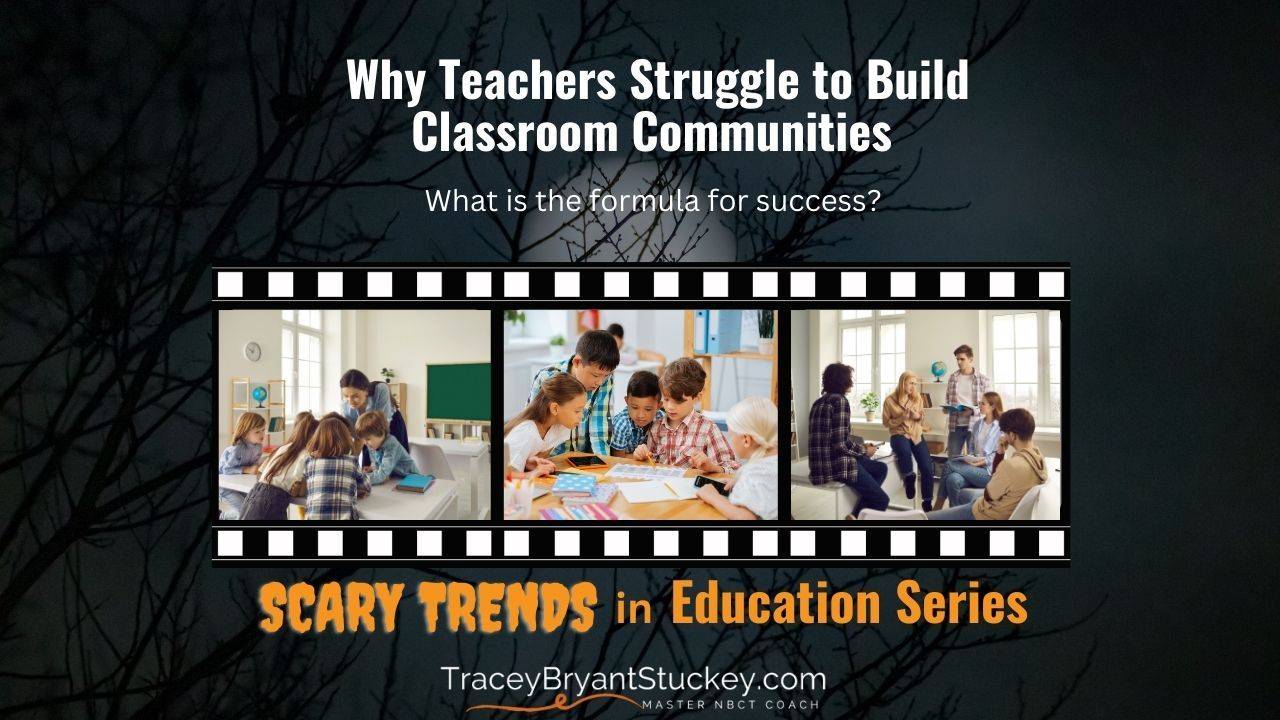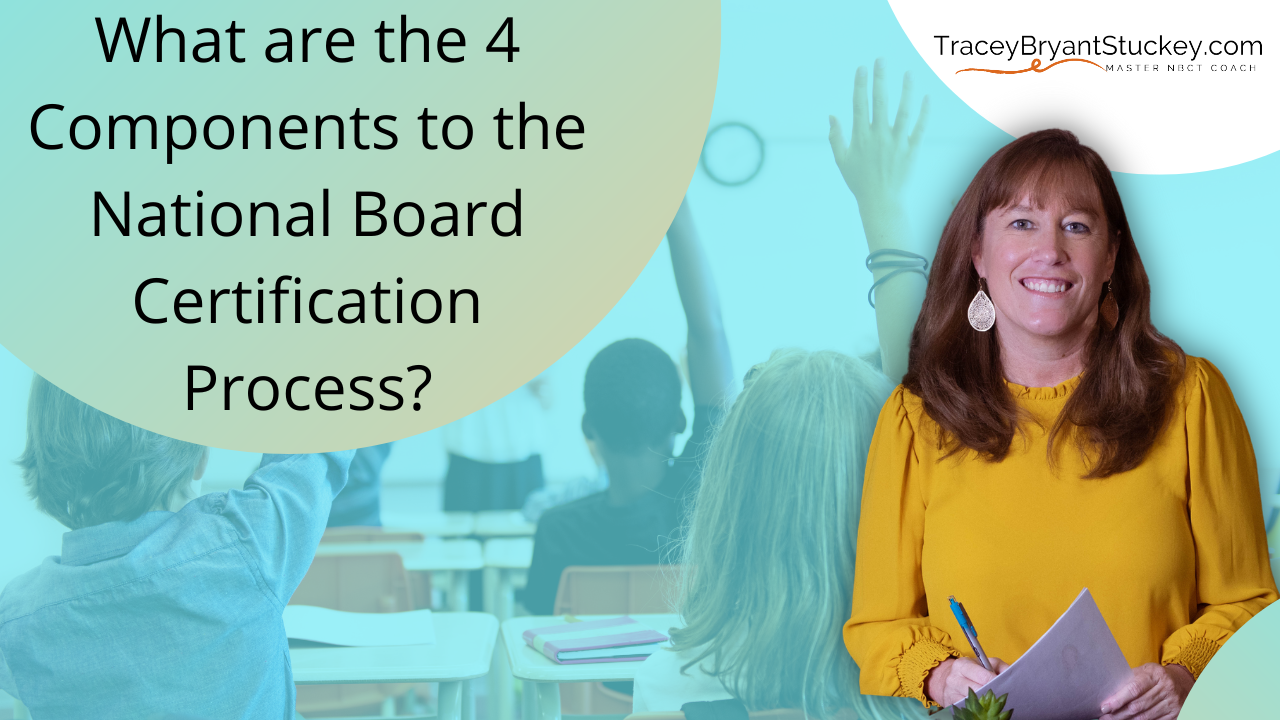Tracey Bryant Stuckey's Blog:
Education Redefined
Blog 2 in my "Scary Trends in Education" I'll delve into a topic that's often left in the shadows: why teachers sometimes find it challenging to build strong classroom communities ...
For the month of October, you will notice that my blogs will be a bit different than previous blogs and follow the "Scary Trends" in education topic. This will be a fun way
...What is a National Board Certified Teacher?
A National Board Certified teacher is a teacher who has completed the National Board for Professional Teaching Standards (NBPTS) certi...
The National Board Certification process for teachers is broken up into what is called four components.
Component 1 National Board Certification is completed at a testing center ...
Borrowing a classroom for the NBPTS MOC process - are you thinking…
Do I need to borrow a classroom for my NB MOC?
- What type of classroom should I borrow for NBPTS MOC?
So for many teachers starting the MOC renewal process for NBPTS is a daunting tasks. PTSD from initial certification is still not that far gone, and the idea of having to start aga...
If you're asking yourself, “Is the National board teacher certification worth it?” I'm here to tell you - yes it is!
Through this process you'll become a diagnostic and refle...
So you want to complete the National Board Certification process in one year or you may be saying when is the best time to start the National Board certification process if I want ...
Congratulations to all the NBCTs who Achieved or Renewed NBCT Status for 2021!
I would personally like to congratulate the GROWTH of all of the teachers, including those that achi...
The National Board for Professional Teaching Standards first published “What Teachers Should Know and Be Able to Do” in 1989. They later updated the document in 2016. The NBPTS St...











